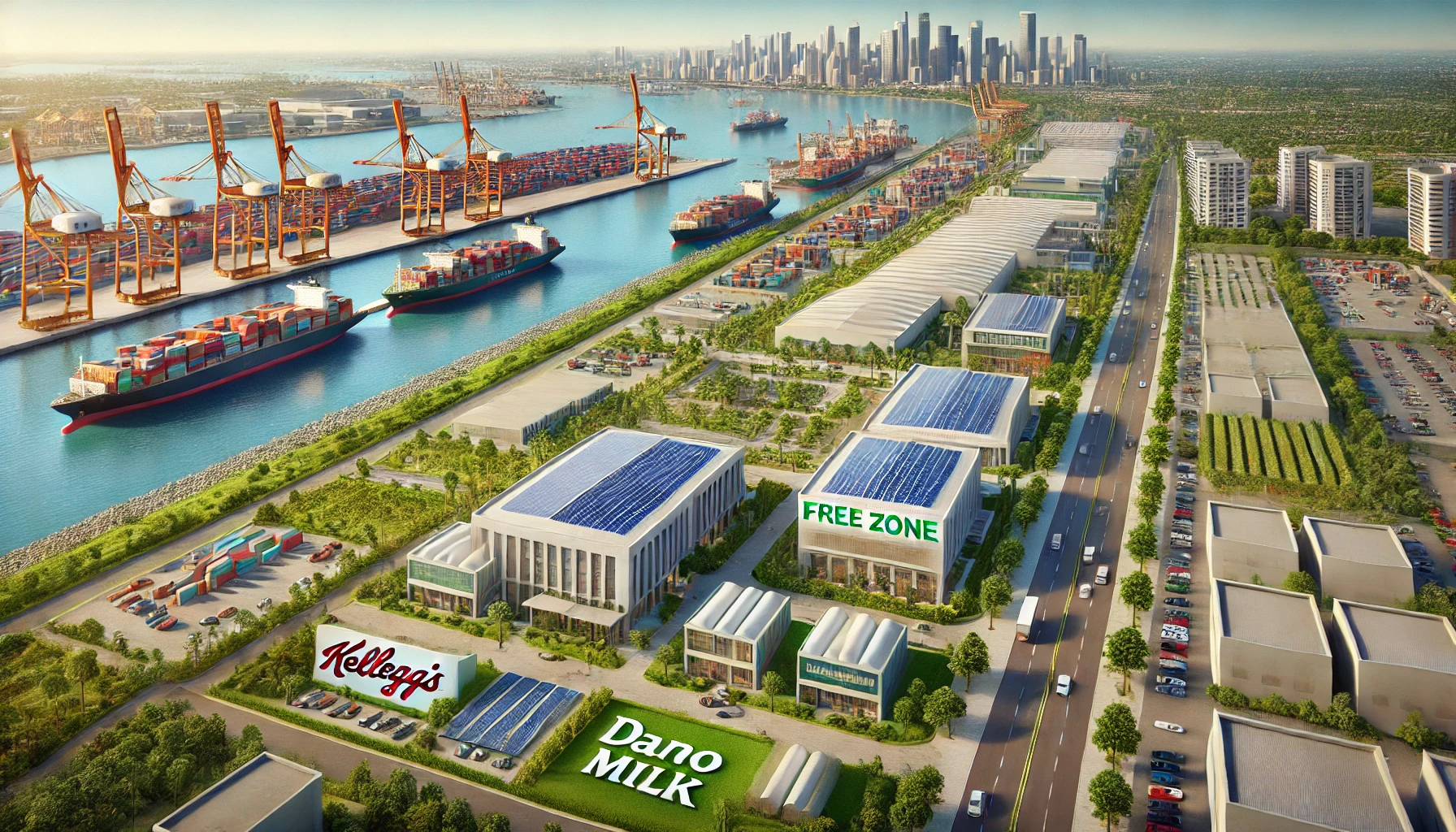Port Otago Rail Siding Opens, Paving Way for Southern Link Logistics Growth
“The Port Otago rail siding already carries around 60 percent of all containers moving through the terminal,” Peters said.

- Country:
- New Zealand
The completion of Port Otago’s $13.5 million container terminal rail siding at Port Chalmers marks a major step forward in the development of the Southern Link Logistics Park near Mosgiel. Rail Minister Winston Peters and Regional Development Minister Shane Jones hailed the milestone as a transformational moment for Dunedin’s freight infrastructure, positioning the region to handle growing export demands more efficiently.
A Key Milestone for Southern Link
The rail siding, fully funded by Port Otago, will connect the Port Chalmers container terminal directly to the new inland logistics hub, easing pressure on coastal infrastructure while supporting long-term economic growth.
“The Port Otago rail siding already carries around 60 percent of all containers moving through the terminal,” Peters said. “Last year alone, it removed 43,000 truck trips from Dunedin’s roads, and once the inland port is fully operational, that figure will increase by another 19,000 trips.”
By shifting freight to rail, the project not only improves efficiency but also reduces road congestion, lowers emissions, and cuts maintenance costs for local councils.
Ending Dunedin’s Infrastructure Gap
Inland freight hubs are common across New Zealand’s largest cities, providing storage and transport capacity away from crowded coastal ports. Until now, Dunedin had lacked such a facility.
“That is finally changing,” Peters remarked. “The inland hub at Mosgiel gives Otago the infrastructure backbone it has needed for decades.”
The development is part of a wider push to ensure New Zealand’s regional freight networks can compete with international logistics systems and keep pace with rising demand from exporters.
Boost for Productivity and Exports
Regional Development Minister Shane Jones highlighted the economic benefits of the project, especially for producers and manufacturers seeking faster, more reliable connections to overseas markets.
“Improving the ability of businesses to get their goods more quickly and efficiently to port means cost savings, higher productivity, and stronger export earnings,” Jones said. “This is great news not only for Otago but also for New Zealand’s economy as a whole. The country does well when its regions prosper.”
Jones also reaffirmed the Government’s backing of the inland hub, pointing to the loan of up to $8.2 million from the Regional Infrastructure Fund announced in May for the development of a three-track siding at the Southern Link Logistics Park near Mosgiel.
Strong Private and Public Sector Backing
Peters noted that major companies are increasingly recognising the value of rail investment. Firms such as Fonterra, Coca-Cola, and Synlait have already embraced rail as a cornerstone of their supply chains, and Port Otago has now joined them in making a long-term commitment.
“Rail is finally being treated as an equal to roads, with reliable funding and planning certainty,” Peters said. “The benefits flow directly to taxpayers and ratepayers through safer roads, fewer trucks damaging infrastructure, and the efficient use of rail assets built up over generations.”
Looking Ahead
The Southern Link Logistics Park project is set to transform Otago’s role in New Zealand’s freight and export economy. By combining coastal port operations at Port Chalmers with inland capacity near Mosgiel, the region will be able to handle growing demand while reducing pressure on local roads and communities.
As the hub develops further, officials expect more companies to make the switch to rail, further lowering costs and enhancing Otago’s role as a logistics powerhouse in the South Island.









